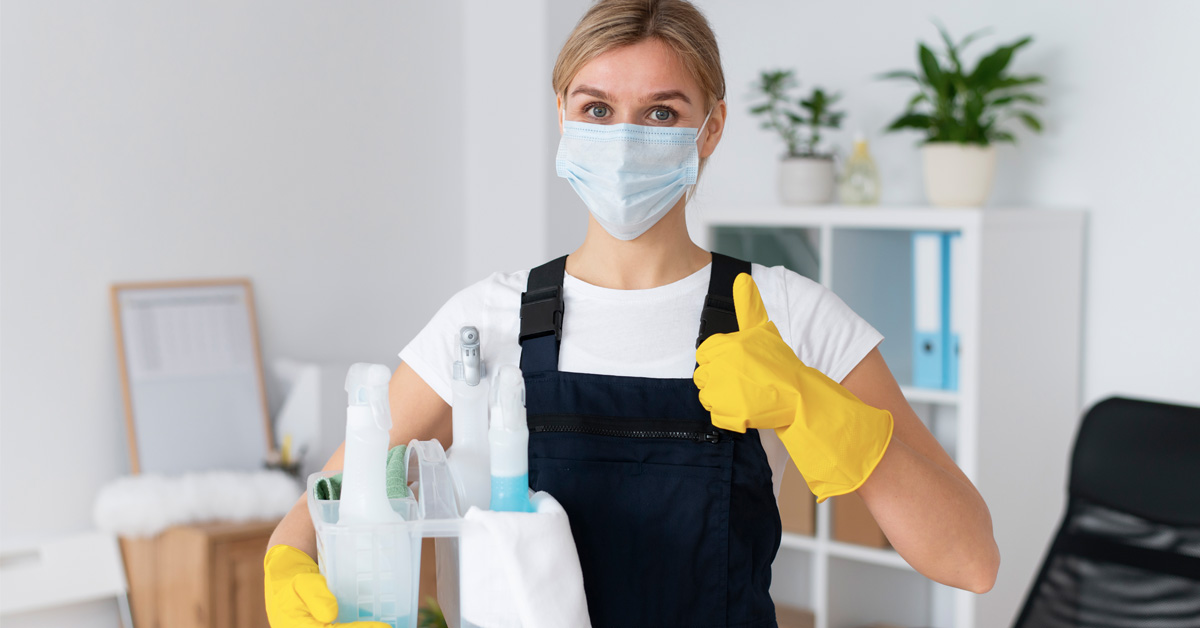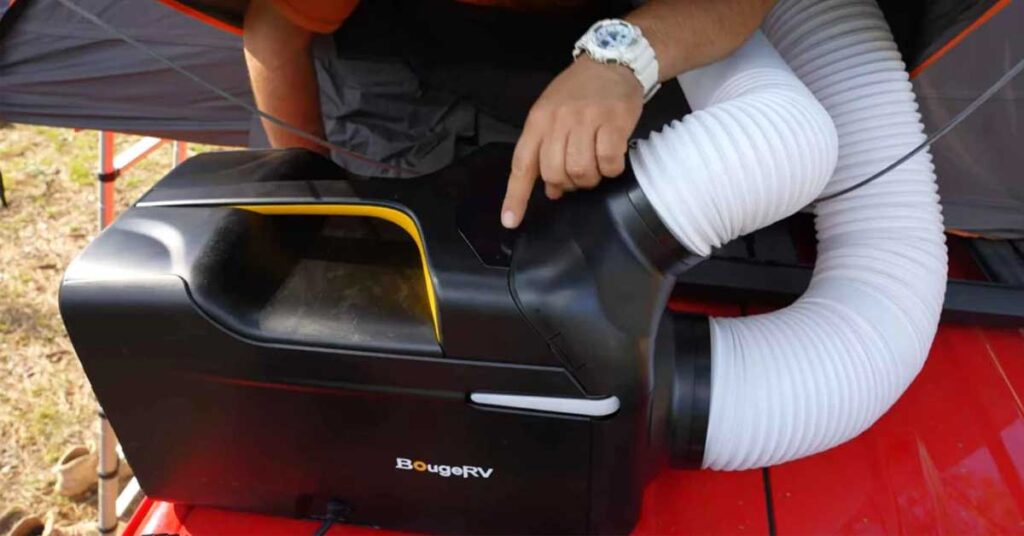Storms and other natural weather disasters aren’t something that we can control. While we can make sure we’ve got the right insurance and put reasonable protections in place, at some point, our home is bound to face weather damage. Depending on where you live, this can be a more likely occurrence, and when storms do hit, the damage that you face might be much worse than it would in other areas of the country. While your priority during a storm should always be to keep you and your family safe, shortly afterward, your thoughts are bound to turn to your home and ways that you can get back to normal life as quickly as possible. Here are 11 tips to help you to clean up and get back to your day-to-day life as soon as you can following a major storm.
1. Don’t Rush Your Return
Chances are, if there’s been a major storm, you’ve either been officially evacuated or you’ve chosen to move to a safer location until it’s over. You should never stay at home in dangerous conditions. Once the storm has passed, you’ll probably be keen to return as soon as possible, but you shouldn’t rush. Just because the weather has improved doesn’t mean that it’s safe. They may be flooding, heavy damage, or other risks around your home. Wait for the all-clear from the local authority before even trying to get to your house to start the clean-up.
2. Get The Right Safety Gear
Even if the damage looks mild, it’s worth being prepared. The right safety gear is crucial before going into your home after a storm. Things like hard hats, waterproofs if there’s flooding, steel toe-capped boots, protective gloves, and masks to stop you ingesting any dust can offer great protection.
3. Check for Safety Hazards and Structural Damage
Before you enter your home, and once you get inside, check for major damage that could make the area dangerous. Look for things like burst pipes, gas line leaks, fallen power cables and trees, and any issues with your roof or the structure of your home and any outbuildings. If you spot any damage like this or things that you aren’t sure are safe, be sure to call the relevant providers or professionals for help and advice before entering your home. If you are already inside when you spot something worrying, leave straight away.
4. Be Cautious of Animals
Bad weather might have brought more insects, animals, and reptiles into the area. It’s not uncommon to find snakes around flood water. Keep your eyes open, and contact animal services if you need help with anything.
5. Take Photos for the Insurance Company
Before you move anything at all or throw anything away, take some time to walk around your home taking photos of the walls, floor, and ceiling, and any damage that’s been caused to send to your insurance company. Then get in touch with them as soon as you can.
6. Open Windows and Doors
If there’s been any flooding, however mild, you’ll need to dry your home out. Opening the windows lets in the fresh air, and even if it’s still cold will help to dry the walls and floors and start to purify what might be very damp and dusty air. Keep them open while you are working, even if there isn’t any water, to help air things out and freshen your rooms up.
7. Start by Drying Things Out
How much you’ll need to dry will depend on how much flooding there’s been and how long the water has been sitting there. Taking large pieces of furniture outside can help to dry them, and using vacuums and dry mops will help you to dry the floors. If possible, using fans can speed things up and will be especially useful if it’s still very wet outdoors and you can’t move larger pieces into the garden. Give things a chance to dry completely before you try to move anything back into place.
8. Discard Debris
There’s bound to be plenty of rubbish and breakages that can’t be salvaged both inside and outside of your home. Spend some time throwing these things away so that you can better see what can be salvaged and what needs deep cleaning or restoration.
9. Clean What You Can Salvage
Anything that can be salvaged will need to be thoroughly cleaned and sanitized, especially if there’s standing flood water which can carry disease. Dry things first so that you don’t risk further damage, and then clean and sanitize safely. For some more expensive or precious items, it can be worth paying for professional cleaning or restoration.
Remember, things can often be reframed, reupholstered, or otherwise cared for, so you might be able to keep more than it at first seems.
10. Focus on Making it Livable
In the days following a major storm, there’s no way you’ll get your home back to normal. That will take time, and you might have to wait for an insurance payout before you can redecorate or make replacements. Instead of trying to recreate what you had before, spend these first days getting your home back to a livable standard. The rest can follow in time.
11. Get Help
If the storm damage is fairly minor, and there has been no or limited flooding, you might be able to clean up with help from family and friends. But if there’s any more serious damage, structural issues, or water damage you’ll definitely need help from a professional storm clean-up team. Getting help from professionals from NCRI can make sure your clean-up is done to a high standard and that your home is safe. This can save you time, ease your stress, and could even save you money in the long term. Get more information here https://ncricat.com/services/disaster-services-storm-damage/.
Once you’ve cleaned up, made your house safe, and got back to normal, take some time to update your insurance policy if needed and to make a plan for any redecorating or shopping that you need to do to get your home back to its former glory.
ⓘ LAFFAZ is not responsible for the content of external sites. Users are required to read and abide by our Terms & Conditions.









